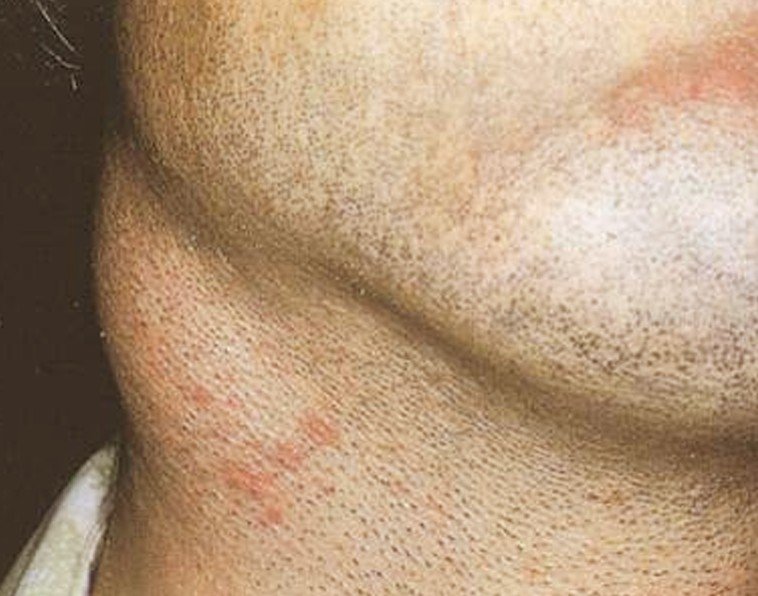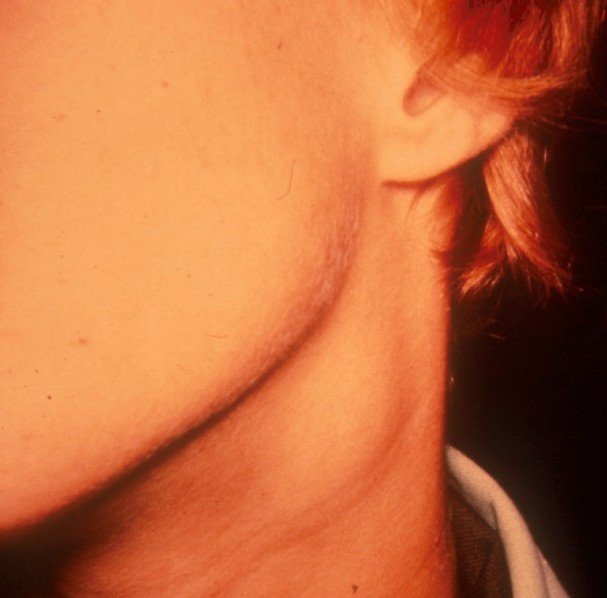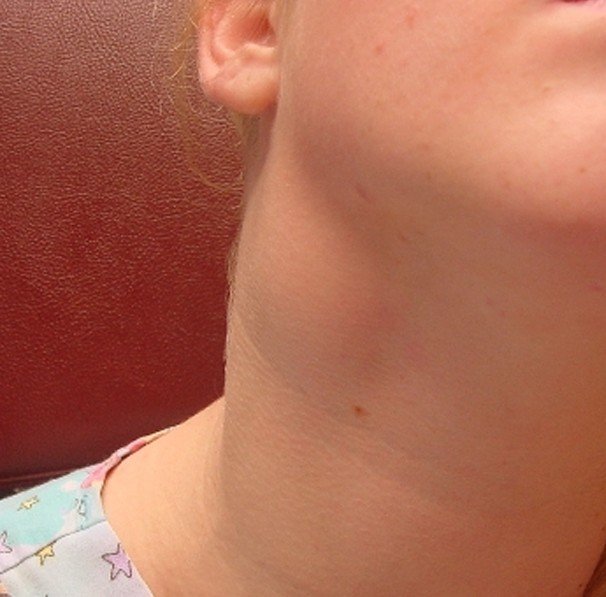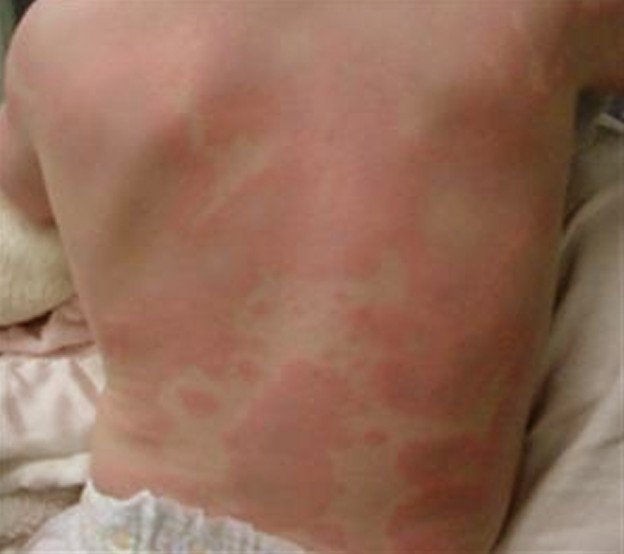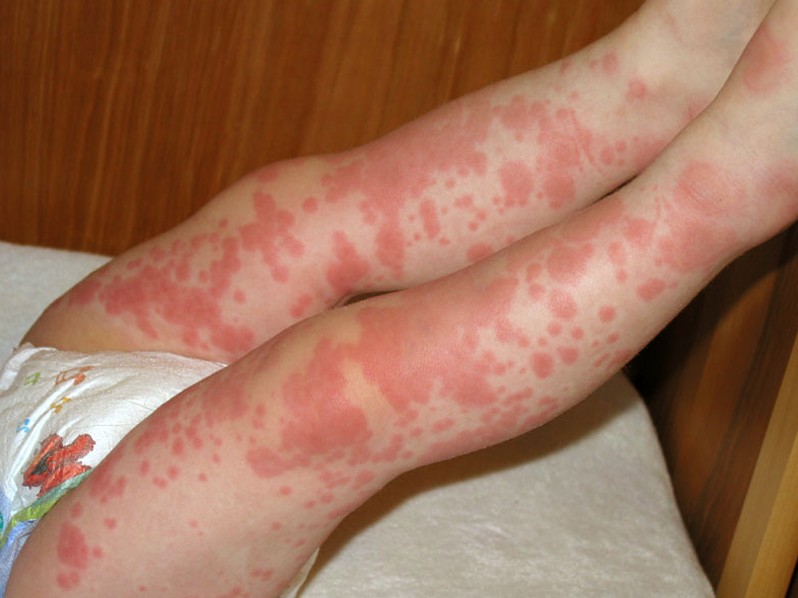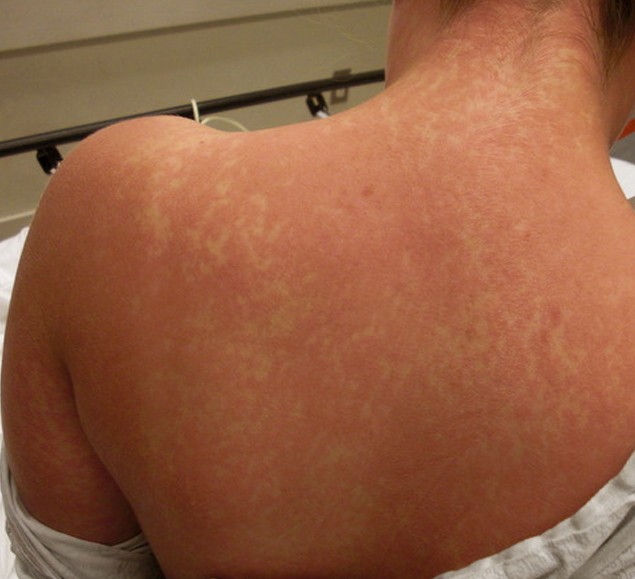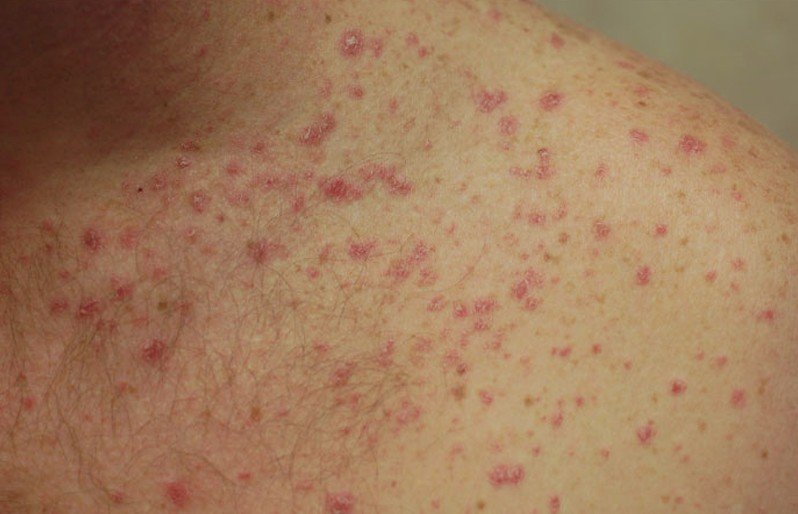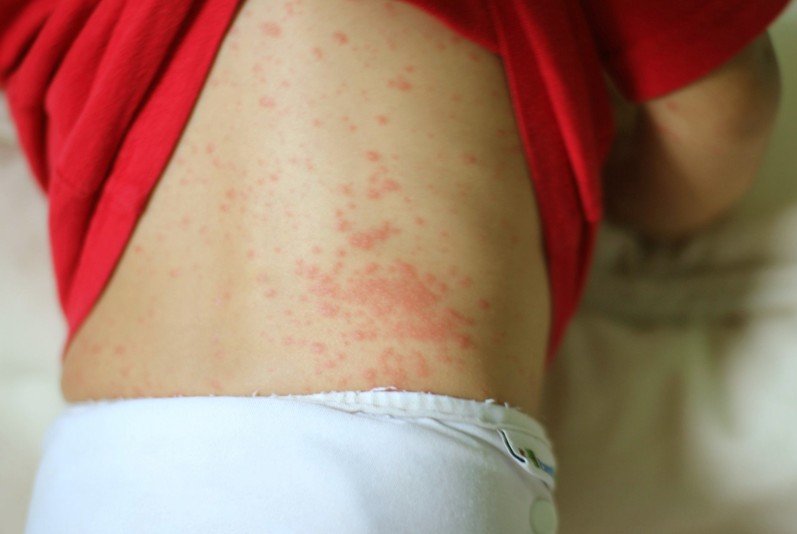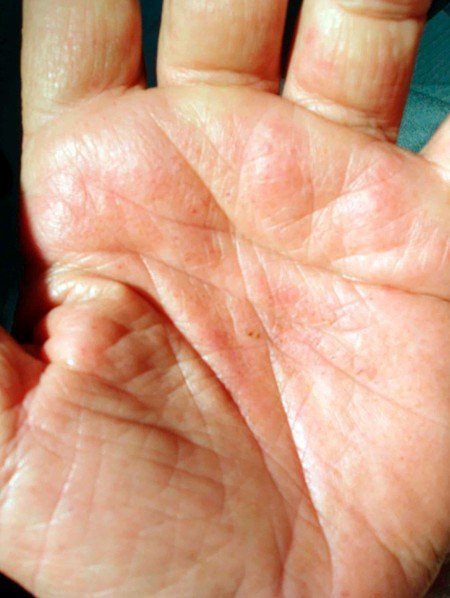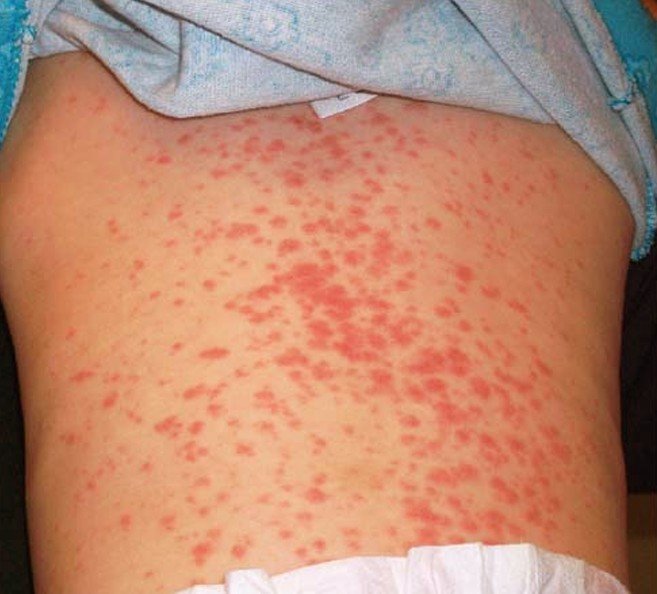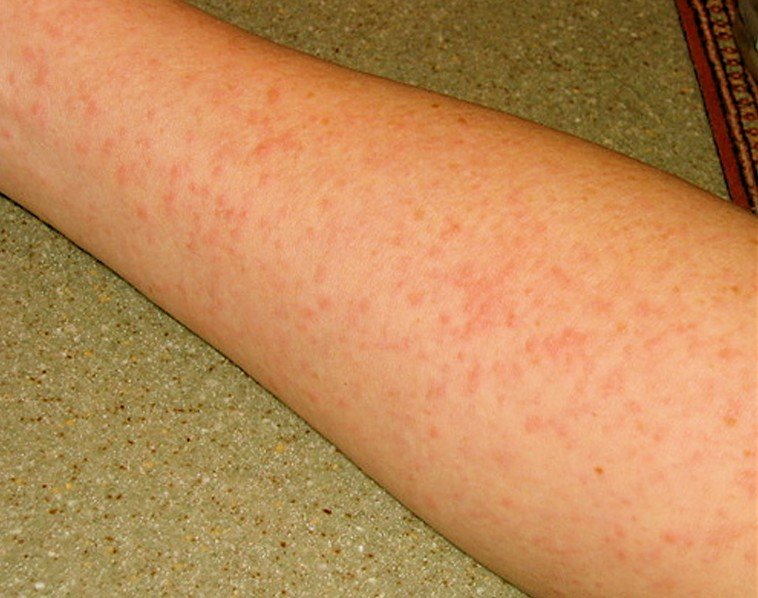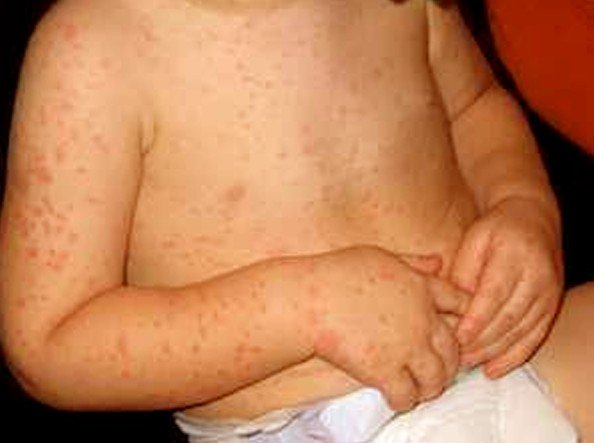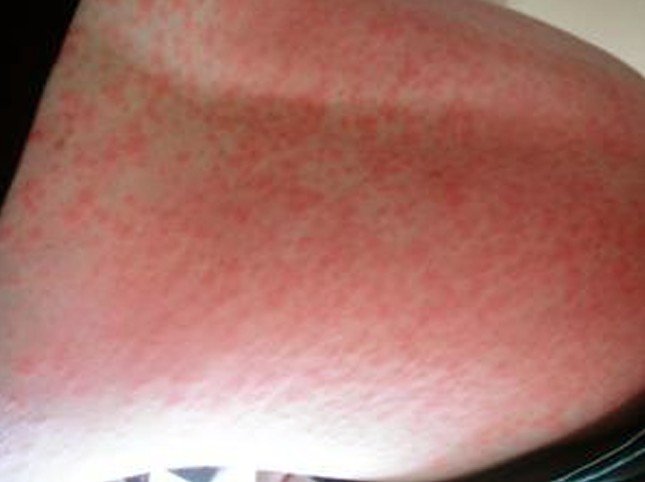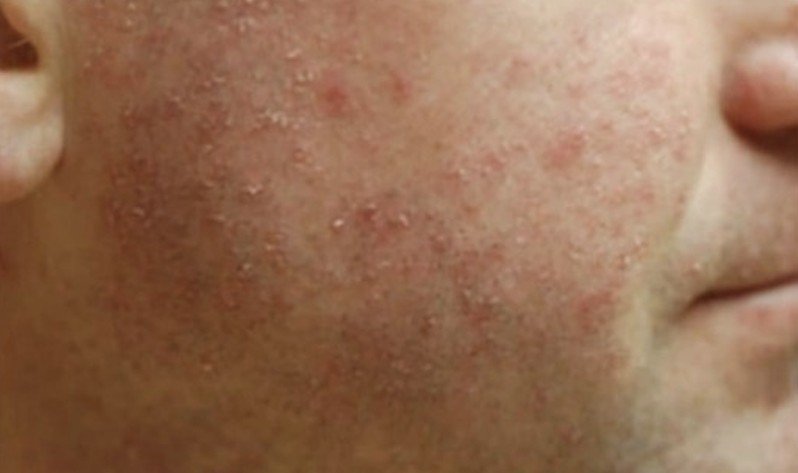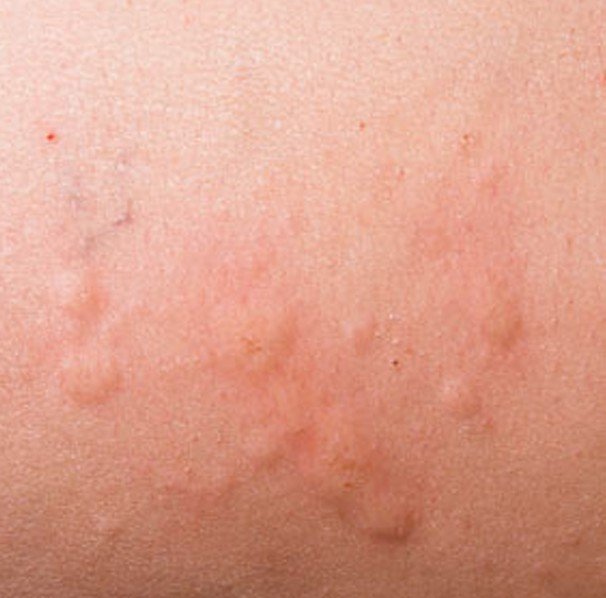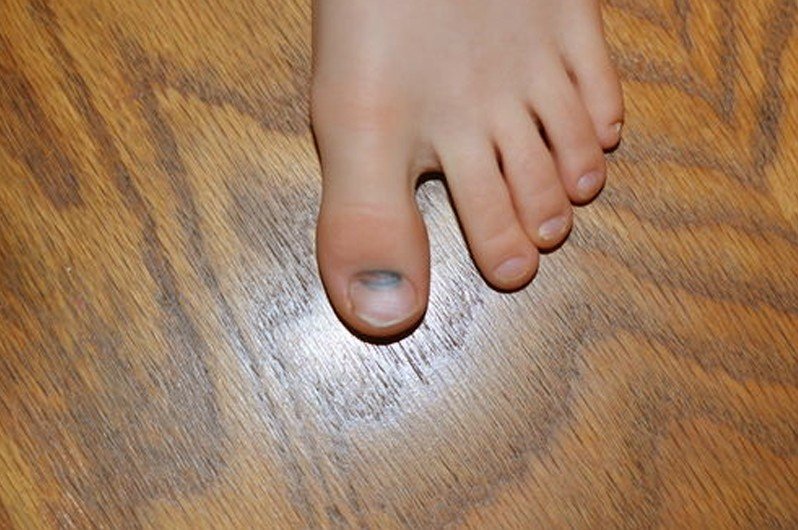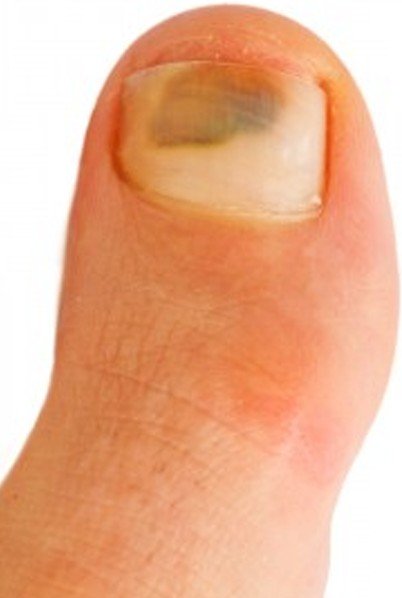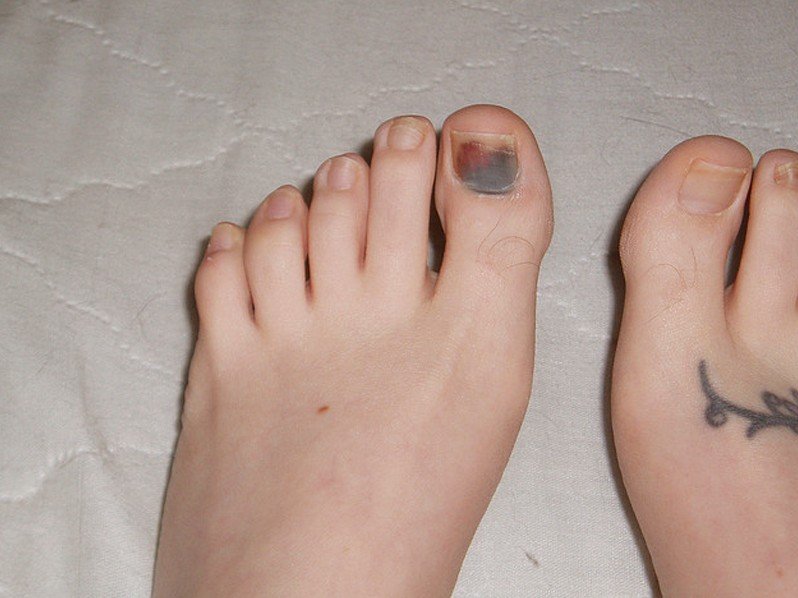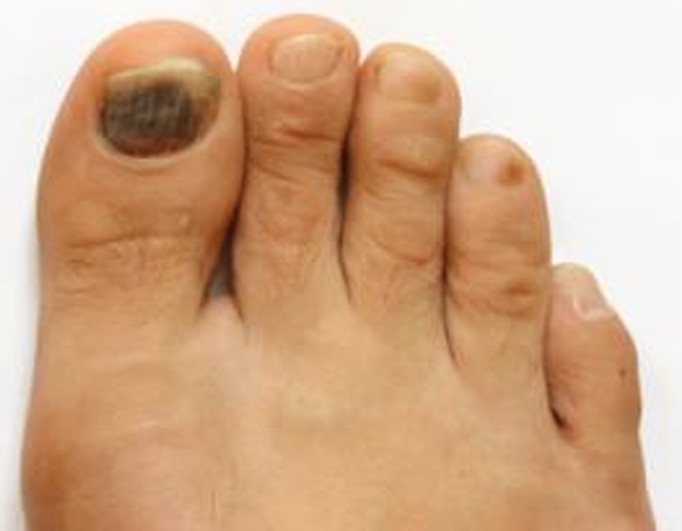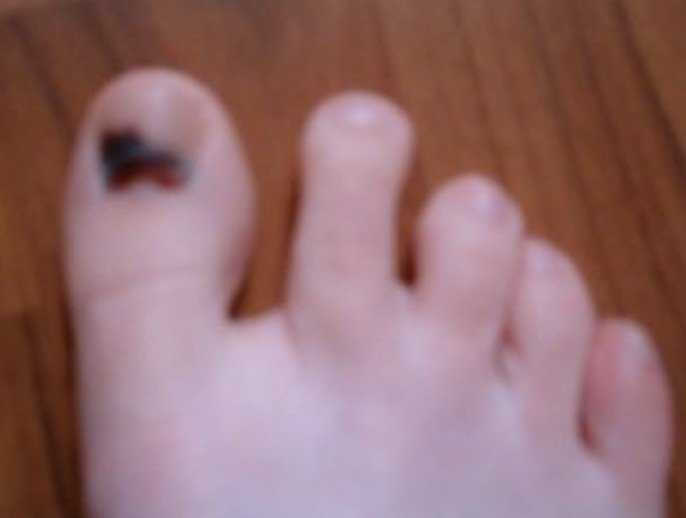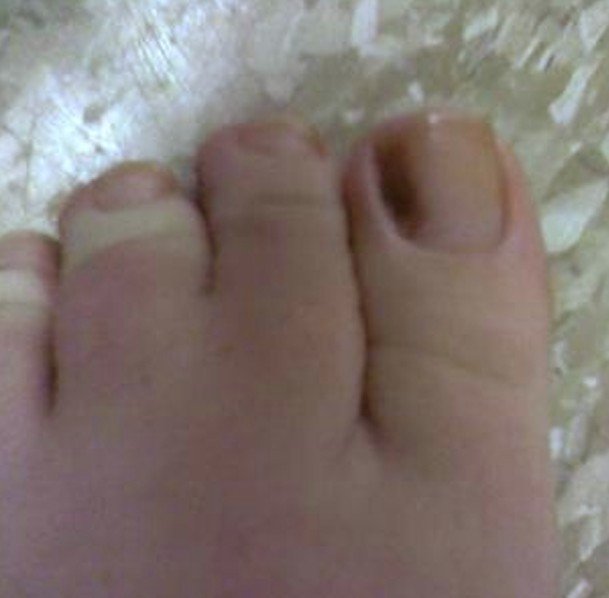Appendectomy
What is Appendectomy?
Appendectomy is a surgical procedure used for the removal of the appendix. This is commonly a procedure performed in emergency situations, the diagnosis being of acute appendicitis. There are two main approaches when it comes to appendectomy, open operation and the laparoscopy. The laparoscopic procedure is minimally invasive and it guarantees a faster recovery but it is also more expensive than the open surgery. It requires more resources to be spent and it takes longer than the classical open approach; plus, there is the low risk of the patient suffering from pneumoperitoneum, as a direct consequence of the CO2 inflated into the abdomen.
The appendix is a small organ that is located in the lateral side of the final part of the large intestine. Because of unknown reasons (excessive physical effort, bad moves and certain foods have been suspected causes), this small organ can become swollen and infection. The moment this occurs, there is no other treatment than surgical removal. Delaying the surgery can result in a perforated abdomen; when such things happens and the appendix bursts into the abdomen, the whole area can become infected and the condition, known as peritonitis, can be life-threatening. The surgery is performed under general or spinal anesthesia and, in case of peritonitis, it also involves the washing of the abdominal cavity.
Appendectomy Procedure
 The open surgical removal of the appendix is performed as it follows:
The open surgical removal of the appendix is performed as it follows:
- Before the open surgery, antibiotics are administered to the patient in order to prevent infections
- The open surgical removal of the appendix is performed under general anesthesia
- The abdomen is prepped and examined
- If there is a noticeable bulge, then the incision will be made in that area
- If there is no bulge, then the incision will be made on McBurney’s point (this is actually related to the position of the appendix, this point being situated on the line that the navel forms with the anterior superior iliac spine)
- The abdominal wall is opened as delicately as possible so as to preserve its integrity
- The surgeon will enter the peritoneum and identify the inflamed appendix and then he will cut it, burying the stump and closing the incision area with staples or stitches
- A dressing will be applied to the wound and a small drainage tube might also be placed for the excessive fluid accumulating in the area.
The laparoscopic procedure is performed as it follows:
- The surgeon will most likely choose to make multiple incisions in the abdomen
- Through one of the incisions, the surgeon will insert a miniature camera that also has a source of light
- Using remote controls, the surgeon will control the camera, the vacuum pump, the saline cleansing solution and the surgical tools
- CO2 will be pumped into the patient’s abdomen, allowing the surgeon to better visualize the appendix
- The appendix will be removed using the small surgical tools and there will be no need for larger cuts to be made
- The small incisions are going to be closed and dressing will be applied on them as well.
Cost of Appendectomy
The cost of the appendectomy depends on the geographical location, the facility in which the operation is performed and also on the actual surgeon performing the operation. When considering the overall costs, you will have to think about the costs generated by anesthesia, the facility fees and the fee of the surgeon and other medical staff. There is a clear difference of price between the open and the laparoscopic procedure, the latter being more expensive. On average, the cost of appendectomy can vary somewhere between $10.000 and $30.000.
Depending on the technology used for the laparoscopic procedure, you might also have to pay more in case robotics or hand assisted devices are used. The costs of this procedure might also increase if there are complications from the surgery and additional care measures need to be taken. It is for the best to consult your insurance policy and be prepared in case such problems arise; this is usually a medical emergency and you won’t have sufficient time in order to check in that moment whether you are covered or not. It is for the best that you know that information just in case.
Complications
These are the most common complications of appendectomy:
- Infection at the site of the operation and perforation or rupture
- Abscess formation
- Lack of intestinal peristalsis (rare)
- Organ injury (during the surgery)
- Bowel necrosis
- Peritonitis (leakage of infection into the abdominal cavity)
- Bowel obstruction
- Severe infection (sepsis)
- Cardiovascular complications (myocardial infarction)
- Pulmonary complications (pneumonia, pulmonary embolism)
- Acute inflammation of the residual appendix (stump)
Recovery time
Immediately after the surgery, you will be taken to the recovery room for observation. The recovery time depends on the type of procedure (open or laparoscopic) and also on the body’s reaction to the procedure and the anesthesia. Once the vitals are stable, you will be taken to the hospital room. Because the laparoscopic procedure is often an outpatient procedure, most patients are allowed to go home in a few hours. Pain medication will be administered in order to alleviate the normal post-operative symptoms.
If you have undergone an open procedure, then it is highly likely that a tube is going to be inserted through your nose into your stomach. This happens until the normal functioning of the bowels is restored, having as purpose the removal of gastric secretions and air from the stomach. While you have that tube inserted, you are not allowed to drink or eat. Laparoscope-operated patients are encouraged to get out of bed a few hours after the surgery but, if you have had open surgery, then you might get out of bed the next day. Initially, you will only be allowed liquids and solid foods will be gradually introduced into the diet. At home, in a couple of weeks you will start to feel better but the entire healing process will be complete in a couple of months.
After care
The most important thing when you arrive at home is to keep the site of the incision clear and dry, avoiding potential sources of infection. You will have to follow specific bathing instructions and you will have to softly pat dry the incision with a towel, without excessive rubbing. If the incision was closed with stitches or staples, then you will have to re-visit the doctor and have them removed. On the other hand, if adhesive strips were used to close the incision, then you need to keep the area dry and leave them to fall on their own in a couple of days.
The doctor might prescribe postoperative antibiotics to prevent possible infections and also anti-inflammatory medication for upsetting symptoms. However, you should avoid taking aspirin, as this medication increases the chances for bleeding. Patients are encouraged to walk and even make certain limited movements but activities that require a lot of physical effort (including heavy lifting or carrying heavy objects) are strictly forbidden during the recovery period. The incision might rupture and you will have to undergo a second operation to close the incision. Also, you need to visit the doctor in case of persistent fever, pain or lack of bowel movement after several days.
What to eat after appendectomy?
The post-appendectomy diet should include:
- Liquids in the initial period after the surgery, as you will most likely experience a lot of nausea and vomiting from the anesthesia. Natural fruit juices and clear broth are recommended during this period.
- Soft diet – this is most recommended during the recovery period, as it will not put too much strain on your bowels. During this period, you are recommended to avoid foods that are too spicy or too greasy, as these might irritate the bowels.
- High fiber foods – include them gradually into your diet, as they will help stabilize the intestinal transit and avoid problems such as diarrhea. Among the recommendations for high fiber foods, you will find whole grains, not to mention various types of dried fruits and fresh raspberries.
- Avoid alcohol, caffeine based drinks, canned foods, meat that has a high fat content, pastries and cookies made using refined sugars, foods that can cause bloating (beans, broccoli, cabbage), oil and butter.
- Make sure that you include plenty of fresh fruits and vegetables in your diet and drink plenty of water to keep the body hydrated.
Video
Watch this video to get an idea of how the Appendectomy surgery is done:
